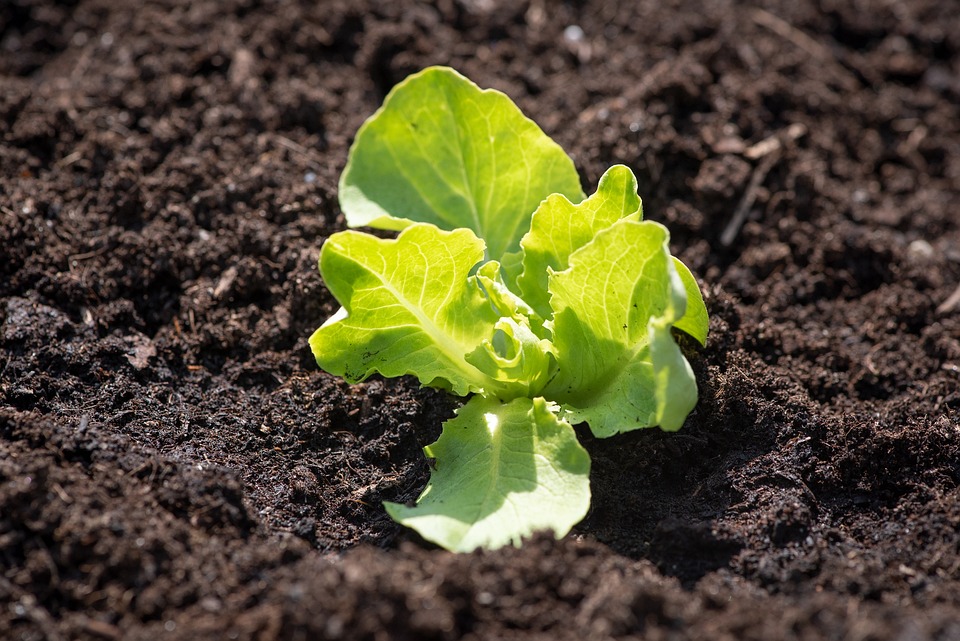Introduction
Gardening can be a rewarding and enjoyable hobby, but there’s something truly special about growing your own fresh produce. Edible gardening allows you to cultivate a wide variety of fruits, vegetables, and herbs right in your own backyard.
Not only does it provide you with a source of delicious and healthy food, but it also gives you the opportunity to connect with nature, relieve stress, and save money.
Whether you have a spacious yard or a tiny balcony, this beginner’s guide will help you get started on your journey to growing your own edible garden.
Choosing the Right Location
The first step in edible gardening is selecting the right location for your garden. Most edible plants require at least six hours of direct sunlight each day, so choose an area that receives ample sunlight.
Consider factors like shade from buildings or trees, as well as access to water sources for irrigation.
Preparing the Soil
Before planting, it’s crucial to prepare the soil to provide a healthy environment for your plants to grow.
Start by removing any weeds, rocks, or debris from the area.
Loosen the soil with a garden fork or tiller, and mix in organic matter such as compost or well-rotted manure to improve its fertility.
Testing your soil’s pH level is also recommended to ensure optimal nutrient uptake by your plants.
Choosing Your Plants
When selecting plants for your edible garden, consider your preferences, available space, and the local climate.
Some popular choices for beginners include tomatoes, lettuce, herbs like basil and mint, and easy-to-grow fruits like strawberries.
Start with a few staple plants and gradually expand your garden as you gain experience.
Planting and Caring for Your Garden
Once you have chosen your plants, it’s time to get them in the ground and care for them throughout the growing season.
Follow the instructions on the seed packets or plant labels to determine the proper spacing and planting depth for each plant.
Water your garden regularly, ensuring the soil stays moist but not waterlogged.
Mulching around the plants can help retain soil moisture and suppress weed growth.
Additionally, stay on top of pest control by inspecting your plants regularly and using organic methods or insecticidal soaps as needed.
Harvesting and Enjoying Your Produce
One of the most exciting aspects of edible gardening is the anticipation of harvesting your own produce.
Different plants have different harvesting times, so pay attention to the instructions provided with each variety.
Harvest your crops at their peak ripeness to enjoy the most flavor and nutritional benefits.
Whether you preserve your harvest, incorporate it into delicious meals, or share it with friends and neighbors, the satisfaction of enjoying the fruits of your labor is unmatched.
FAQs
What tools do I need for edible gardening?
Some essential tools for edible gardening include a hand trowel, gardening gloves, pruning shears, a watering can or hose, and a shovel.
A wheelbarrow or garden cart can also be useful for transporting soil, compost, or other materials.
How can I manage pests in my edible garden without harmful chemicals?
There are several organic methods to control pests in your garden.
Companion planting, which involves planting certain plants together for natural pest control, can be effective.
You can also handpick pests, use organic insecticidal soaps, or create barriers like netting or row covers to protect your plants.
Can I grow edible plants in containers or small spaces?
Absolutely!
One of the beauties of edible gardening is its versatility.
Many vegetables, herbs, and even fruit trees can be grown successfully in containers or small spaces.
Just ensure your containers have drainage holes, provide adequate sunlight, and water as needed.
What should I do during winter or colder seasons?
During winter or colder seasons, consider growing cold-hardy crops such as kale, spinach, and Brussels sprouts.
You can also protect your plants from frost by covering them with frost cloth or moving them to a sheltered area.
Alternatively, you can use this time to plan your garden for the upcoming season by starting seeds indoors or researching new plant varieties.




